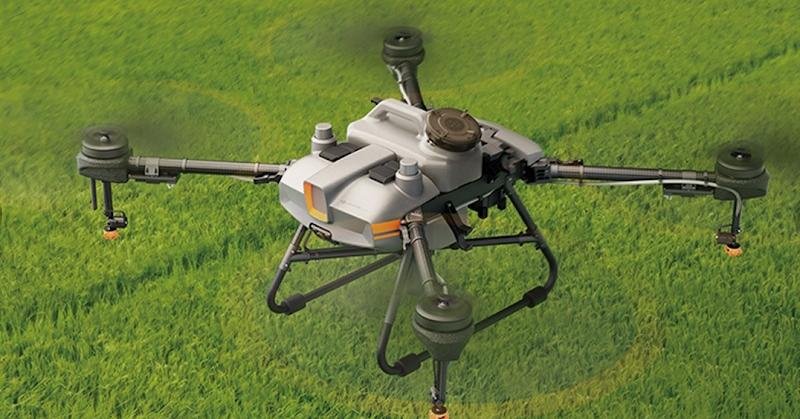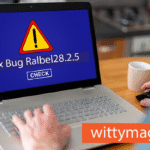Drones, or unmanned aerial vehicles (UAVs), are making farming more efficient by cutting down on labor costs. In agriculture, various tasks, such as monitoring crops, spraying pesticides, and surveying fields, usually require significant manpower. Now, drones are increasingly being used to perform these activities, saving farmers both time and money. The savings in labor costs allow farmers to invest in other areas, improving productivity and profitability.
Let us explore the specific ways drones reduce labor costs in agriculture, and how this technology is transforming farming.
How Drones Reduce Labor Costs in Agriculture
Drones are revolutionizing the agricultural world by providing innovative solutions that significantly reduce labor costs and enhance operational efficiency. Here is how:
Efficient Crop Monitoring
Traditionally, monitoring crops in large fields requires farmers or workers to walk the fields, looking for signs of disease, pests, or water stress. This process takes time and is often labor-intensive. By using drones equipped with cameras and multispectral sensors, farmers can now monitor crops quickly and accurately.
- Faster Inspections: Drones can cover large areas in minutes, reducing the need for workers to spend hours or even days inspecting fields manually.
- Precision Insights: Sensors on drones capture images in different wavelengths, revealing issues such as poor plant health or dry patches that may not be visible to the naked eye.
According to the USDA’s Natural Resources Conservation Service, crop monitoring using drones significantly reduces labor costs, especially in large-scale farming, by allowing farmers to address specific problems quickly before they worsen.
Precision Spraying of Fertilizers and Pesticides
Spraying pesticides or fertilizers traditionally requires handheld tools or tractors, which involve significant manual labor and time. Drone companies designed their drones to apply pesticides and fertilizers with precision, reducing labor costs and input waste.
- Targeted Application: Unlike manual spraying, drones can be programmed to apply treatments only in areas that need them. This reduces the amount of pesticide or fertilizer required, saving both money and labor.
- Speed and Efficiency: A single drone can cover acres of farmland in minutes, performing tasks that might take a worker hours. This allows workers to focus on other important aspects of farm management.
In a study published by the University of Maryland’s Extension, it was noted that using drones for crop spraying could save U.S. farmers up to $1.3 billion annually by reducing labor and input costs across crops like corn, soybeans, and wheat.
Livestock Monitoring and Management
For farmers managing large livestock herds, monitoring animal health and location is crucial yet labor-intensive. Advanced drones like the DJI Mavic 3 Thermal, equipped with high-resolution thermal cameras, offer a game-changing solution, flying over grazing areas to track individual animals, detect early signs of illness or injury, and enable swift intervention. By reducing manual rounds, farmers save on labor costs and minimize the need for frequent inspections.
As highlighted by the American Farm Bureau Federation, drones have vast potential in livestock management, enhancing efficiency, reducing workforce requirements, and ensuring animal welfare while mitigating potential losses.
Field Mapping and Soil Analysis
Creating field maps and conducting soil analysis have traditionally required manual soil samples and surveying. Drones are now capable of mapping fields and providing valuable insights into soil health and conditions without as much manual labor.
- Detailed Mapping: Drones can produce high-resolution maps and models of fields that help farmers make better planting and irrigation decisions.
- Soil Condition Insights: Sensors on drones can detect differences in soil moisture and nutrient levels, helping farmers make adjustments and reduce unnecessary field inspections.
In one project, the Hands-Free Hectare Project in the U.K., researchers successfully grew a field of barley using only drones and automated machines, demonstrating the potential for autonomous farming. This project showed that drones could map, plant, and monitor a field without human labor.
Also Read : How to Play Free Fire Advance Server Without Registration
Challenges and Considerations
In the 2023 DJI Agriculture Drone Industry Insight Report, data showed a significant increase in drone adoption by farmers worldwide, especially in Asia and the Americas. Farmers in these regions are using drones to automate tasks like crop spraying and monitoring, resulting in substantial labor and input cost savings.
While drones offer significant benefits, there are some challenges to keep in mind:
- Regulatory Hurdles: Drone usage is subject to aviation laws, which vary by country and can limit how and when drones can be used.
- Initial Investment: The cost of purchasing drones and training operators can be high, though long-term savings usually offset these initial expenses.
- Technical Training: To use drones effectively, operators need to understand the technology and have some training, which can initially add to costs.
Also Read : Recommended Engine Oil For A 2024 Ford F-250 Super Duty: A Comprehensive Guide
Conclusion
Drones are reshaping agriculture by offering a more efficient, cost-effective way to handle tasks that used to require substantial manpower. By cutting down on manual labour, especially in crop monitoring, spraying, livestock management, and field mapping, drones allow farmers to focus on more strategic tasks, optimize their operations, and reduce expenses. As drone technology becomes more advanced and affordable, it is expected to play an even bigger role in reducing labor costs and boosting productivity in the farming sector.










